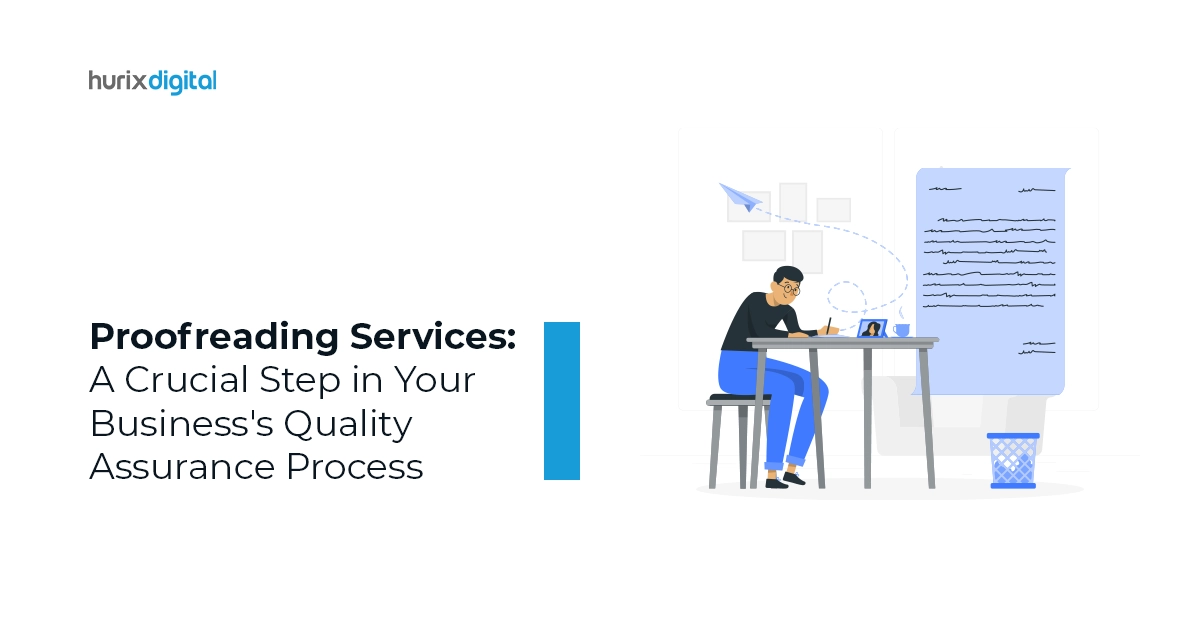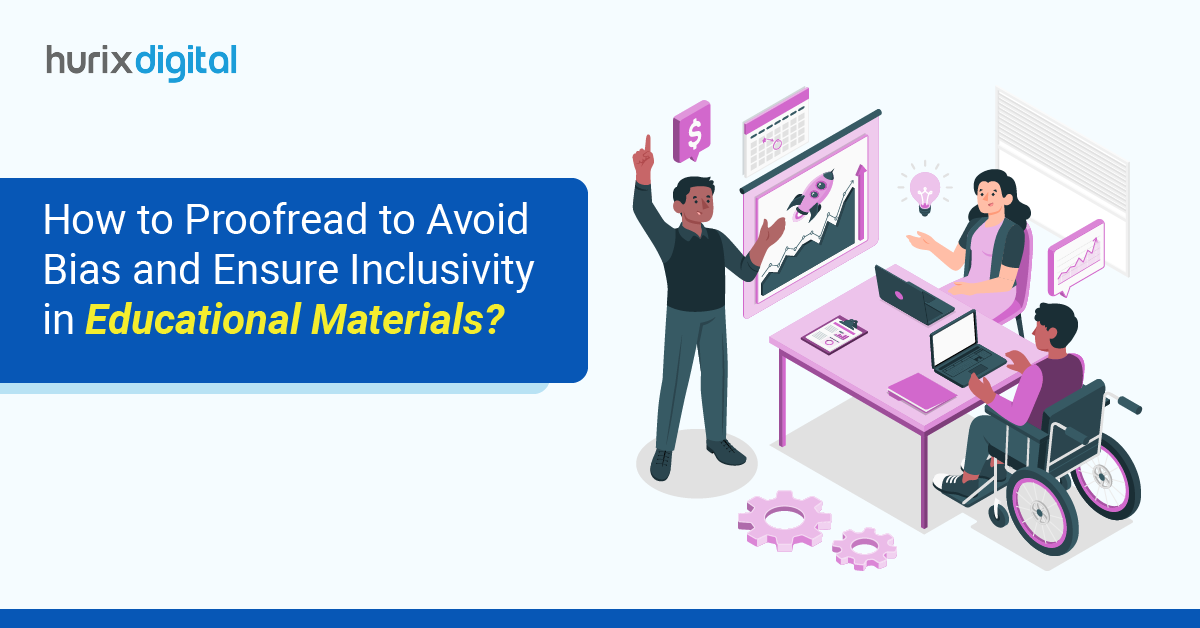
5 Essential Tips for Effective Proofreading in Academic Settings
Summary
This blog explores best practices for proofreading academic documents, discussing strategies for clarity, consistency, and leveraging technology for research papers, theses, and informal communications.
In the ever-changing world of education, proofreading plays a crucial role in ensuring that documents convey the intended message clearly and accurately. Whether it’s a formal thesis, a research paper, or a more casual student newsletter, maintaining the appropriate tone while ensuring grammatical correctness and clarity is essential.
Thus, educational institutes must adopt meticulous proofreading practices to uphold the quality of their academic output.
This guide explores the best practices for proofreading documents with varied tones in educational settings. Read on to understand the best practices for how it should be done!
Table of Contents:
- Understanding the Importance of Tone in Academic Proofreading
- Strategies for Proofreading Varied Academic Documents
- Best Practices for Proofreading Specific Academic Documents
- The Role of Professional Proofreading Services
- Summing Up
Understanding the Importance of Tone in Academic Proofreading
First, there is the writing style tone, which is the attitude or emotional point of view that underlies a document. The tone may be very different depending on the type of academic work that is being produced, from formal and objective research-type papers to perhaps personal and reflective essays.
Whether a document’s tone is appropriate for its intended purpose is an important facet of academic work, as it guides how the content is perceived and digested.
For instance, while proofreading scientific papers, the tone should be particular, formal, and devoid of personal bias, reflecting the scientific nature of the work.
However, in the case of a thesis or dissertation, one might use formal flow and reveal some traces of the human factor in a few sections where one would wish to relate his or her journey of doing research.
Also Read: The ROI of Proofreading Services: An Investment in Communication Excellence
Strategies for Proofreading Varied Academic Documents
Whether it’s a research paper or essay, adjusting your approach to proofreading ensures clarity and adherence to academic standards. Here are five top strategies to keep in mind:
Tip 1: Understand the Document Type and Audience
The type of document and target audience should first be identified before starting with the proofreading process. Academic documents range from research papers to informal student communications. Every document has a characteristic style and tone that must be maintained while proofreading.
In proofreading academic papers, one has to ensure that the language used is formal, the arguments logically presented, and the tone objective. On the contrary, in proofreading a student newsletter, what one checks is whether there is more of a conversational tone where credible language is being used.
Tip 2: Tailor Proofreading Techniques to Different Tones
Proofreading techniques lend themselves to different tones. With formal documents, be they academic or research paper proofreading, one is most concerned with technical accuracy, terminology consistency, and adherence to style guidelines, such as MLA, Chicago.
By contrast, proofreading less formal documents, such as a reflective essay or a personal statement, might shift the emphasis onto the language being personally resonant with the reader, though grammatically correct and clear.
Tip 3: Maintain Consistency in Voice and Style
As in all other varieties of academic texts, constancy in voice and style is vital. An irregular tone or style could mislead readers and detract from the credibility of the document.
For example, while proofreading English academic texts, it would be important to keep the same degree of formality constantly throughout the document. Similarly, while proofreading scientific papers or medical documents, the language has to remain technical and accurate throughout.
Tip 4: Ensure Clarity and Precision in Language
In academic writing, there should be no ambiguity or imprecision. Any obscurity or ambiguities in language would have been removed when proofreading the paper so that clarity in meaning is easily accessible to the reader. This is so because proofreading scientific papers entails developing ways of communicating complicated ideas clearly and succinctly.
In addition, clarity is also significantly essential when proofreading documents with different tones. Whether the tone is formal or informal, it has to be clear and precise, with no use of jargon, unless, of course, the type of document being worked on requires this.
Tip 5: Leverage Technology in Proofreading
Technology has several tools that can be helpful in proofreading. Grammarly, Hemingway, and other software to proofread English academic text can help identify grammatical errors, check for tone consistency, and adhere to a style guide.
These tools remain valuable but do not replace the human element in proofreading. Above all, in academic practice, a professional proofreader must have irreplaceable skills in dealing with nuances, contexts, and tone.
Best Practices for Proofreading Specific Academic Documents
Tailoring your proofreading process for specific academic documents ensures that precision and academic integrity are appropriately prioritized. Here are five best practices to keep in mind:
1. Proofreading Research Papers and Journals
Research papers and academic journals require great precision and formality. Therefore, proofreading involves checking whether the technical terminologies used are appropriate, the right citation formats, and whether the language is precise, unbiased, and free from jargon.
Of course, the structure of the paper should also be checked for logical flow in the argument and its support for the general thesis. Since these are formal documents, the tone is always academic and objective.
2. Academic Proofreading for Theses and Dissertations
Dissertations and theses are sometimes extensive, detailed, in-depth works that represent the journey of research being taken by the author. Technical details and flow need to be considered when proofreading theses and dissertations. The text is formal but can be a little more personalized than regular research papers, especially in the introductory and concluding sections.
Proofreading a thesis involves ensuring that the document flows smoothly from chapter to chapter and that the language is lucid, clear, concise, and maintains the same tone throughout.
3. Reviewing Student Essays and Assignments
The tone of students’ essays and assignments may also range from formal to personal or reflective, depending on the matter involved and the type of the assignment. Proofreading these documents involves grammatical accuracy, clarity of expression, and adherence to the assignment guidelines.
Apart from having the right tone, it should also be well-structured with an appropriate introduction, body, and conclusion. Feedback should be given to allow the students to refine their writing capability.
4. Proofreading Scientific and Medical Documents
Scientific and medical documentation is very formal and technical. Hence, it requires meticulous proofreading in terms of language accuracy and proper terminology usage. It also requires consistency in the use of units of measurement, scientific terms, and citation styles.
Since slight errors may result in severe consequences, the requirement for accuracy is crucial when it comes to proofreading medical documents. Thus, a proofreader must guarantee that the document contains no mistakes and that information flows logically and clearly.
5. Ensuring Quality in Informal Student Communications
This category normally includes non-technical student communications, which may take the form of newsletters or emails and involve a more informal tone. Proofreading the grammatical accuracy would be a matter of making sure the voice is engaging while appropriate to the audience.
Even in informal communications, consistency in tone and style is important. This may include clarity and concision in the language, using expression to engage the reader.
The Role of Professional Proofreading Services
With so many kinds of documents issued in every educational institution, professional proofreading services help with quality. Be it research papers or academic proofreading services, these firms boast many experts who deal with different types of documents and shades of tone.
Professional proofreaders can find subtle errors and inconsistencies that may have easily passed automated tools or inexperienced proofreaders. They bring a deep level of experience regarding academic standards and cannot only ensure that documents meet the standards but also convey the intended meaning effectively.
Also Read: How to Use Pagination Scripts to Create the Best Navigation on Your Website?
Summing Up
When proofreading academic papers, it is essential to maintain a formal and critical tone. This ensures the document upholds clarity, precision, and adherence to academic standards.
In contrast, proofreading student newsletters requires a more light-hearted tone while still ensuring accuracy. Balancing an engaging style with attention to detail helps maintain appropriateness for the audience.
Quality at Hurix Digital is not just an important consideration but is more of an essential ingredient for academic writing. Our academic proofreading services enable educational institutions to equip themselves with excellence in all their written communications. Every document, from research papers to students’ essays, should leave your readers in awe of the polish and finish.
Connect with Hurix Digital today to know how we can help you!

Vice President – Digital Content Transformation. He is PMP, CSM, and CPACC certified and has 20+ years of experience in Project Management, Delivery Management, and managing the Offshore Development Centre (ODC).







